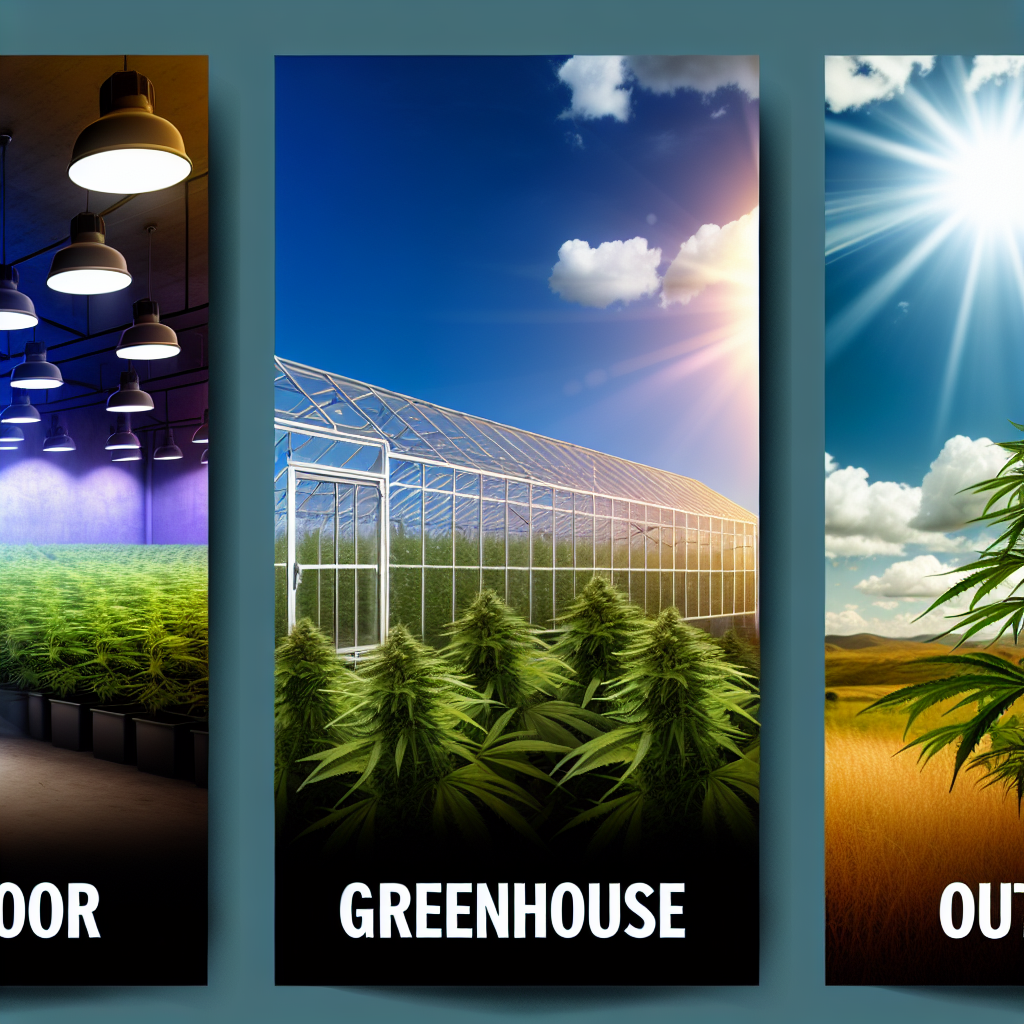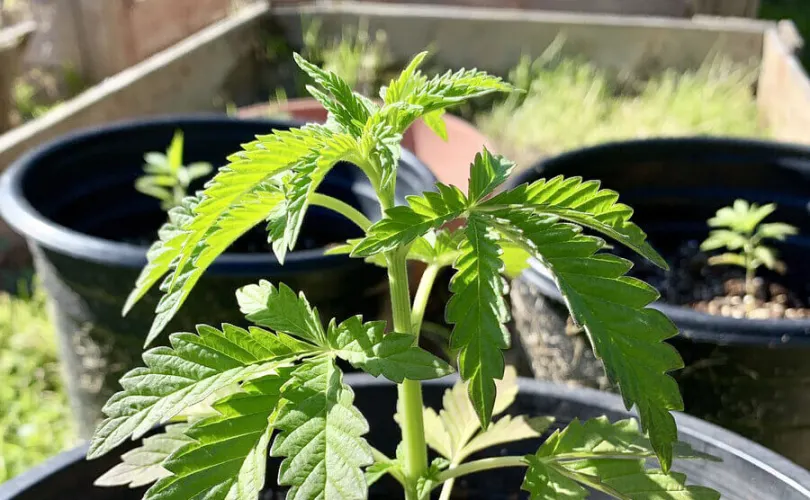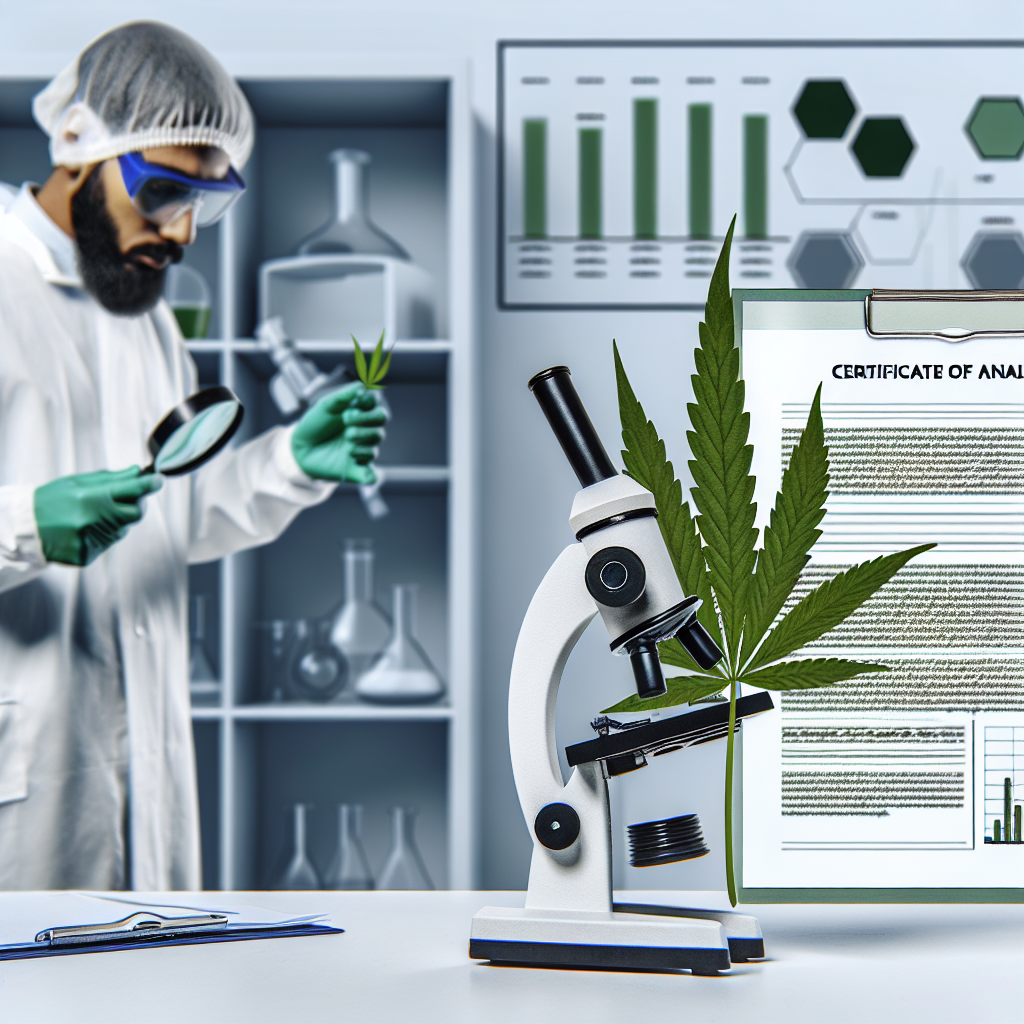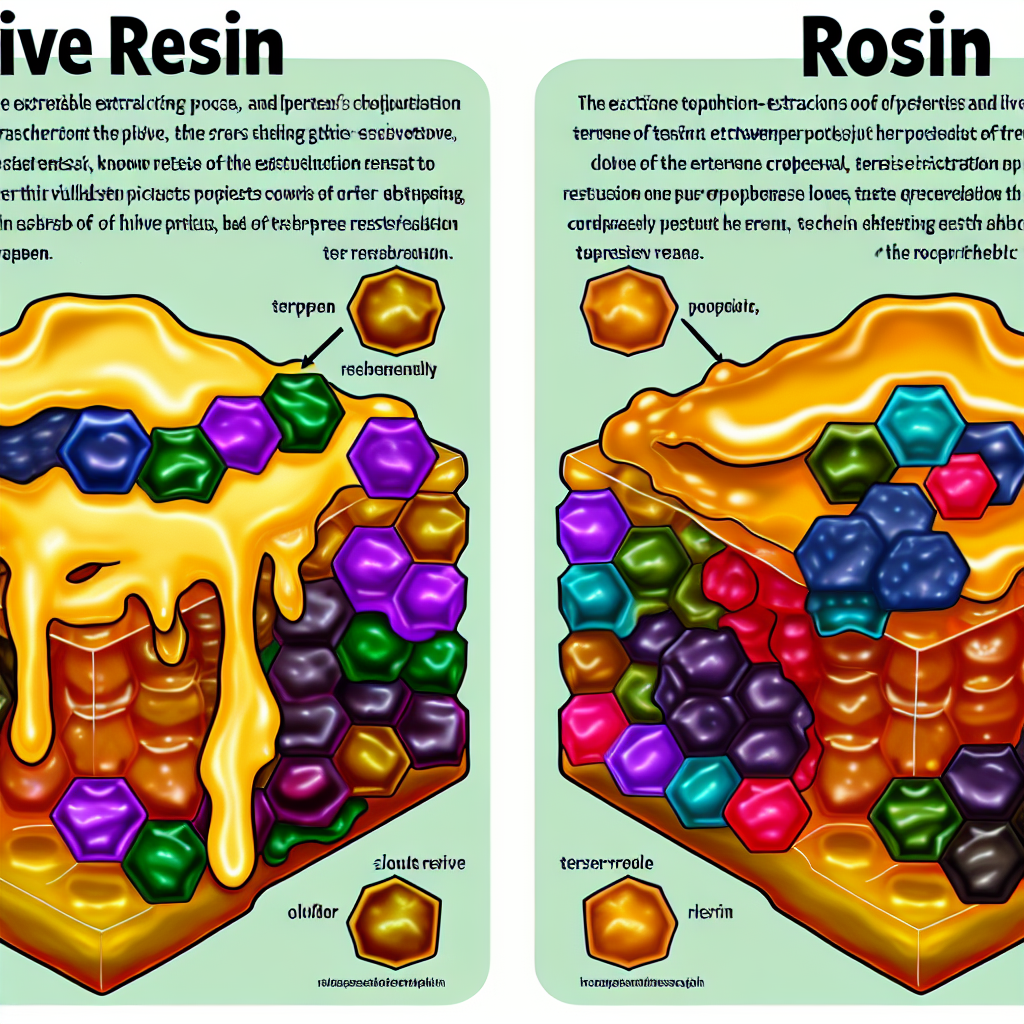Indoor vs. Greenhouse vs. Outdoor Cannabis: Quality Marker Comparison
Introduction
As the cannabis industry expands, cultivators and consumers alike are becoming increasingly discerning about the quality of cannabis products. One of the key factors affecting cannabis quality is the cultivation environment. Broadly, cannabis can be grown in three primary settings: indoor, greenhouse, and outdoor (sun-grown). Each cultivation method has a significant impact on factors such as cannabinoid potency, terpene profile, resin production, contamination risks, and overall yield.
For cannabis professionals, choosing the appropriate cultivation method impacts not only the plant’s quality but also cost-effectiveness, sustainability, and production efficiency. On the consumer side, understanding how growing conditions influence product quality helps in making informed purchase decisions.
The three main methods differ in multiple ways:
– Indoor Cannabis: Grown in fully controlled environments using artificial lighting, HVAC systems, and hydroponic or soil-based setups. While indoor cultivation offers the highest level of control over the growing process, it is also the most energy-intensive.
– Greenhouse Cannabis: A hybrid method utilizing natural sunlight while maintaining environmental controls such as light deprivation techniques, humidity regulation, and supplemental heating or cooling. This approach strikes a balance between sustainability and quality.
– Outdoor Cannabis: Grown naturally under sunlight with minimal artificial intervention. Though outdoor cannabis requires adaptation to seasonal variables and is more prone to environmental stressors, certain cultivars thrive under these conditions, producing robust cannabinoid and terpene profiles.
Each method has its benefits and drawbacks, influencing the end product’s quality, cost, and availability. However, scientific research suggests that critical quality markers—including cannabinoid content, terpene concentration, microbial contamination levels, and structural integrity—vary between these cultivation methods.
In this article, we will compare quality markers among indoor, greenhouse, and outdoor-grown cannabis while integrating relevant professional and medical studies to provide an evidence-based perspective. Whether you are a cultivator wanting to optimize production techniques or a consumer seeking superior products, understanding these distinctions is essential for navigating the modern cannabis marketplace.
Scientific Insights: Quality Marker Comparison
Several scientific studies have assessed how environmental factors affect the quality of cannabis in various growing conditions. Below are some key observations regarding cannabinoid content, terpene profiles, contaminant risks, and overall structural integrity.
How Cultivation Impacts Cannabinoid Potency
Studies suggest that indoor cannabis often contains higher THC and CBD concentrations when compared to greenhouse or outdoor-grown cannabis. This is because indoor growers can precisely manipulate factors such as light spectrum, humidity, and CO₂ levels, which are crucial for cannabinoid biosynthesis.
However, a study published in Frontiers in Plant Science (2021) found that while indoor-grown cannabis exhibited increased THC production, certain outdoor cultivars naturally developed broader cannabinoid spectrums, including higher levels of CBN, CBC, and CBG due to prolonged exposure to UV radiation [(Mahlberg & Kim, 2021)](https://www.frontiersin.org/articles/10.3389/fpls.2021.687234/full).
Terpene Profiles: The Aroma & Flavor Factor
Terpenes considerably influence cannabis’s aroma, flavor, and therapeutic potential. A 2020 study from Planta Medica analyzed terpene retention under different cultivation methods and found that:
– Indoor cannabis tends to have high monoterpene levels (e.g., myrcene, limonene) due to controlled humidity and minimal environmental stress.
– Outdoor-grown cannabis often displays a richer and broader terpene profile due to natural environmental interactions like wind and fluctuating temperatures, which stimulate secondary metabolite production [(Ricci et al., 2020)](https://www.thieme-connect.com/products/ejournals/abstract/10.1055/a-1191-7325).
– Greenhouse cultivation optimizes both monoterpene and sesquiterpene production, offering a balance between yield and terpene complexity.
Contamination Risks: Pesticides, Molds, & Pathogens
Microbial contamination risks and pesticide residues vary significantly:
– Indoor-grown cannabis typically has lower microbial contamination due to controlled growing conditions and reduced exposure to environmental pathogens. However, improper ventilation can increase risks of mold and powdery mildew.
– Outdoor-grown cannabis is more susceptible to pests, pathogens, and environmental contaminants such as heavy metals present in soil. Natural growing conditions, however, may lead to increased resilience in certain cultivars.
– Greenhouse-grown cannabis experiences moderate risk since it is semi-protected from extreme environmental conditions while still exposed to natural air circulation.
A 2022 study in *Environmental Science & Technology* confirmed that outdoor cannabis is more likely to contain environmental pollutants but noted that organic outdoor practices could mitigate such risks [(Jikomes et al., 2022)](https://pubs.acs.org/doi/10.1021/acs.est.2c07212).
Resin Production & Bud Structure: A Key Quality Indicator
Cannabis flower density and trichome development largely depend on the cultivation environment and post-harvest curing techniques.
– Indoor cannabis tends to have denser bud structures with higher trichome coverage due to controlled stress and optimized lighting setups.
– Outdoor cannabis often has larger, less compact buds that may develop distinctive pigmentation due to increased sunlight and temperature fluctuations.
– Greenhouse-grown cannabis maintains a balance between both, often exhibiting premium resin development due to both natural UV exposure and supplemental light manipulation.
According to a study in the *Journal of Cannabis Research*, plants exposed to natural UV light exhibited stronger trichome resilience and increased resin production, suggesting that sun-grown cannabis can develop unique chemical expressions not fully replicable indoors [(Chandra et al., 2020)](https://jcannabisresearch.biomedcentral.com/articles/10.1186/s42238-020-00031-2).
Conclusion: Which Cultivation Method is Best?
The cultivation method has a profound impact on cannabis quality markers such as cannabinoid potency, terpene complexity, contamination risk, and structural integrity.
– Indoor cultivation provides superior control for potency and aesthetic appeal.
– Greenhouse-grown cannabis offers a sustainable, cost-effective balance of quality and efficiency.
– Outdoor cultivation, though more susceptible to environmental stressors, allows for a broader spectrum of cannabinoids and a richer terpene profile, enhancing the plant’s therapeutic value.
For professionals in the cannabis industry, choosing the right cultivation environment should align with business goals, sustainability considerations, and desired plant characteristics. For consumers, understanding these differences can enhance purchasing decisions to prioritize the effects, aroma, and purity best suited to personal preferences.
By leveraging scientific insights, both cultivators and consumers can optimize their approach to cannabis selection, ensuring that quality remains the top priority in this evolving market.
Summary:
The cultivation method, whether indoor, greenhouse, or outdoor, has a significant impact on the quality of cannabis products. Indoor cultivation offers superior control over potency and aesthetic appeal, greenhouse cultivation provides a sustainable and cost-effective balance, and outdoor cultivation allows for a broader spectrum of cannabinoids and richer terpene profiles. Understanding these differences is crucial for both cannabis professionals and consumers to make informed decisions and prioritize quality in the rapidly evolving cannabis market.
References:
– Mahlberg, P.G., & Kim, E.S. (2021). “Cannabinoid Biosynthesis in Cannabis: The Role of Environmental Factors.” *Frontiers in Plant Science*. [https://www.frontiersin.org/articles/10.3389/fpls.2021.687234/full](https://www.frontiersin.org/articles/10.3389/fpls.2021.687234/full)
– Ricci, M., et al. (2020). “Impact of Cultivation Methods on Terpene Retention in Cannabis.” *Planta Medica*. [https://www.thieme-connect.com/products/ejournals/abstract/10.1055/a-1191-7325](https://www.thieme-connect.com/products/ejournals/abstract/10.1055/a-1191-7325)
– Jikomes, N., et al. (2022). “Environmental Contaminants in Outdoor Cannabis.” *Environmental Science & Technology*. [https://pubs.acs.org/doi/10.1021/acs.est.2c07212](https://pubs.acs.org/doi/10.1021/acs.est.2c07212)
– Chandra, S., et al. (2020). “Trichome Development and Cannabinoid Biosynthesis in Cannabis Under UV Light.” *Journal of Cannabis Research*. [https://jcannabisresearch.biomedcentral.com/articles/10.1186/s42238-020-00031-2](https://jcannabisresearch.biomedcentral.com/articles/10.1186/s42238-020-00031-2)




